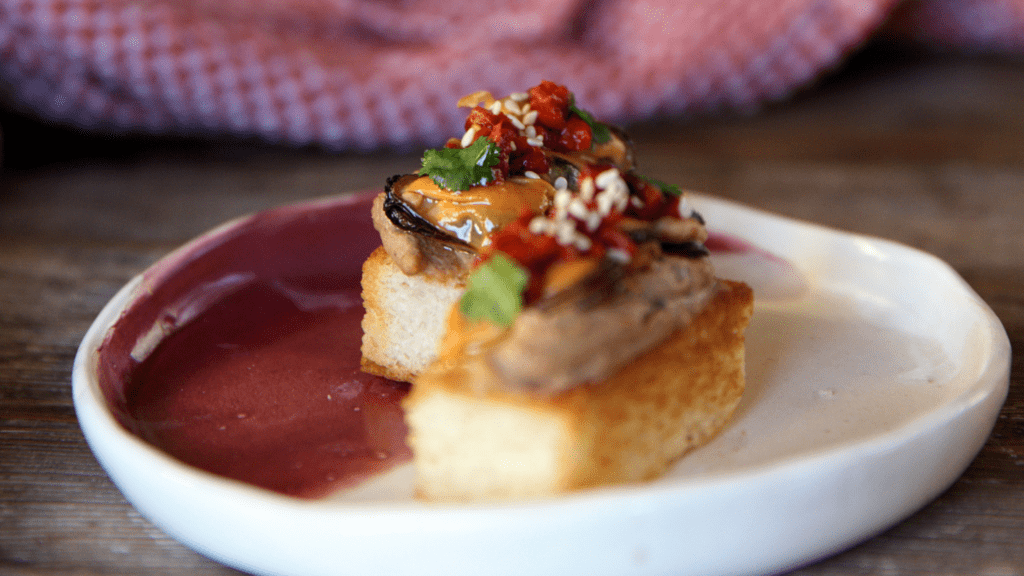In the realm of culinary arts, plating is not just about arranging food on a plate; it's a meticulous craft that transforms dishes into visual masterpieces. Whether you're a professional chef or an aspiring home cook, mastering plating techniques can take your culinary creations to the next level. Here's a deep dive into some essential plating techniques that every enthusiast should know:
Balance and Composition
The foundation of plating begins with balance and composition. Consider the size, shape, and color of each element on the plate. Balance contrasting textures and flavors to create harmony and visual appeal.
Color Contrast
Utilize contrasting colors to make your dish pop. Pair vibrant greens with rich reds or bright yellows with deep purples. This technique not only enhances visual appeal but also stimulates the appetite.
Height and Layering
Create dimension by layering components of varying heights. Stack proteins, vegetables, and garnishes strategically to add depth and intrigue to your plate.
Sauces and Drizzles
Master the art of sauce application. Use a spoon or squeeze bottle to create elegant swirls, dots, or zigzags around the plate. Sauces not only enhance flavors but also serve as artistic accents.
Negative Space
Embrace the concept of negative space to draw attention to the main elements of your dish. Leave areas of the plate bare to highlight the focal point and prevent overcrowding.
Garnishes and Edible Decor
Elevate your plating with thoughtful garnishes and edible decor. Fresh herbs, microgreens, edible flowers, or citrus zest can add color, texture, and a burst of flavor.
Plate Shapes and Materials
Consider the shape and material of the plate itself. Round plates are classic and versatile, while square or rectangular plates offer modern appeal. Experiment with different textures and finishes to complement your dish.
Temperature and Timing
Serve hot foods hot and cold foods cold to ensure optimal taste and texture. Coordinate plating with cooking times to maintain freshness and presentation integrity.
Precision and Cleanliness
Attention to detail is key. Wipe plate edges clean, arrange components with precision, and ensure consistency in portion sizes for a polished finish.
Personal Style
Lastly, develop your personal plating style. Experiment with techniques, draw inspiration from culinary trends, and let your creativity shine through each dish you create.
Mastering these plating techniques not only enhances the visual appeal of your culinary creations but also showcases your dedication to the art of cooking. Discover how Hospitality Academy can help you turn your passion for culinary arts into a rewarding career. Explore our range of programs aquí!


